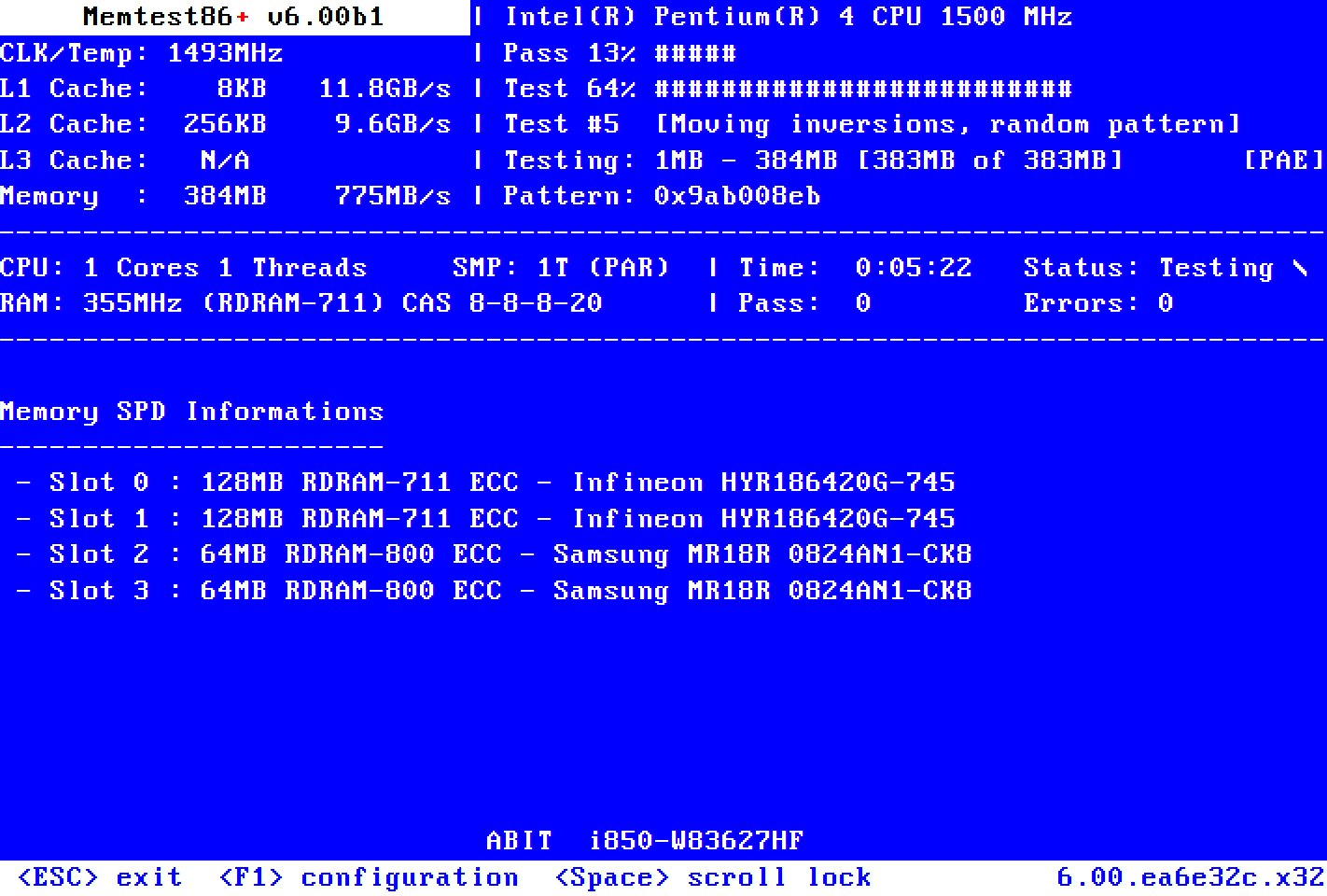.SKILL Trident Z5 RGB Series (Intel XMP 3.0) DDR5 RAM 48GB (2x24GB) 8400MT/s CL40-52-52-134 1.40V x2
ASUS z890 pro artWindows 11
4090
Intel Ultra 9
BIOS Update 1501
My drivers are all updated and my BIOS are updated. Enabling XMP causes my PC to start but I never have a display, it just runs on a black screen and windows never seems to start until I disable XMP again. Any ideas?


